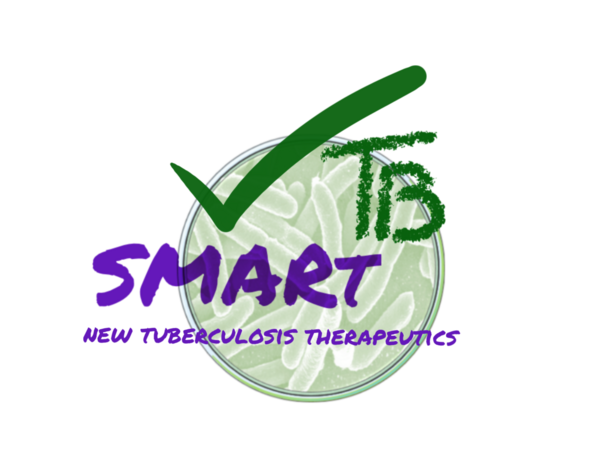
nicolas Willand
Axes de recherche

CONTEXT
Tuberculosis (TB) is still a scourge of mankind. TB treatment regimen relies on old first line drugs. Poor patient adherence leads to the repeated exposure of the bacterium to sub-inhibitory drug concentrations that select for resistance. As a result, multiple drug-resistant TB (MDR-TB) strains have now emerged. Recent efforts have led to the identification of new promising drugs, including the bedaquiline and delamanid, but the anti-TB drug pipeline remains insufficiently filled.
TB proDrugs and Bioactivation
Many antituberculosis drugs are pro-antibiotics (or prodrugs), which means they require bioactivation to exhibit their antibacterial activity. Singularly, all pro-antibiotics known today are in fact antituberculosis compounds, with the exception of metronidazole which has a larger spectrum of activity. Their transformation is catalyzed by drug-specific mycobacterial enzymes. For example, pyrazinamide (PZA) is activated by the pyrazinamidase PncA and isoniazid (INH) by the catalase peroxidase KatG. Bioactivations of Pretomanid and Delamanid, involve the deazaflavin-dependent nitroreductase (ddn) and the monooxygenase EthA bioactivates ethionamide (ETH), thiacetazone (TAZ) and isoxyl (ISO).
SMARt (Small Molecules Aborting Resistance) STRATEGY
Bioactivation of the second-line drug ethionamide (ETH) has been shown by our collaborator A. Baulard, to be performed inside Mycobacterium tuberculosis by the monooxygenase EthA. Transcription of ethA is under the control of the transcription factor EthR. In 2009, we identified and optimized EthR inhibitors to stimulate the production of EthA and thus ETH bioactivation (Willand et al., Nature Medicine, 2009). After two rounds of hit to lead optimization, we demonstrated that oral dosing of our lead compound, BDM41906, was able to triple the activity of ETH in a TB-infected mice model. During our Medicinal Chemistry optimization program, where more than 800 compounds were synthesized through three different chemical families, we identified compounds able to derepress a cryptic bioactivation pathway able to bioactivate ethionamide independently of EthA.
We have then demonstrated that the combination of our SMARt molecules with ETH allows to revert resitance in all TB strains tested so far, including MDR strains mutated in EthA (Blondiaux et al. Science, 2017).
In 2010, we started a close collaboration with BioVersys. This collaboration was formalized in 2013 by a co-development and a license agreement signed between BioVersys and SATT-Nord. In 2016, we were awarded the Innovation prize. We then worked within this public-private consortium on the development and selection of a preclinical candidate in close collaboration with GlaxoSmithKline and with a valuable financial support from the Wellcome Trust. In 2019, BioVersys has received an IMI2 JU grant of 6.92 million EUR to fund further preclinical through to first clinical development of candidate molecules.
Our SMARt-TB strategy today aims at finding a way to fight against resistance to other pro-antibiotics (PZA, nitro-imidazoles,...) in tuberculosis. In that aim, I will coordinate for 42 months an ANR project in close collaboration with Alain Baulard's team.
In parallel, we have reinforced our collaboration with Bioversys, by creating a joint research team called SMARt-Lab. This initiative has been awarded by the region Hauts-de-France and Feder, a grant to develop new antibiotics against multi-drug resistant TB and drug resistant nosocomial infections.



